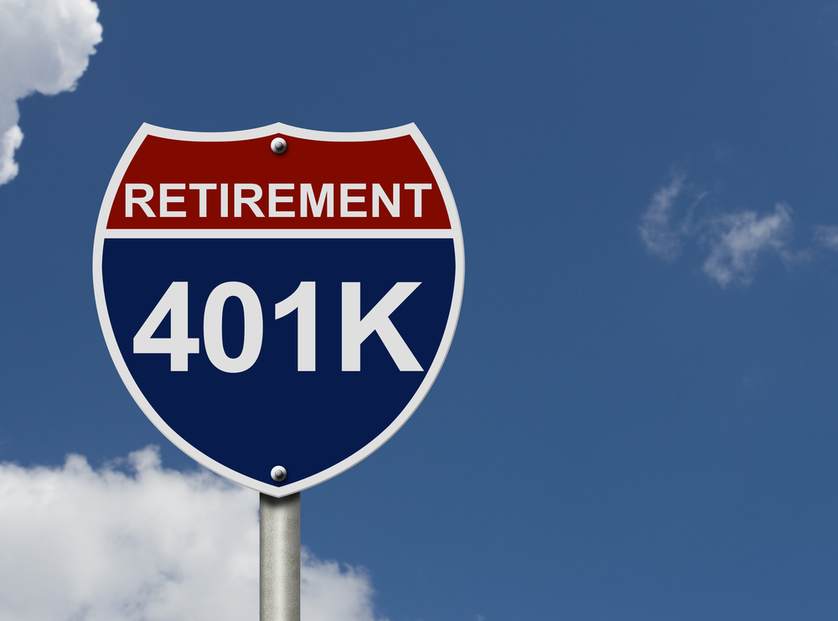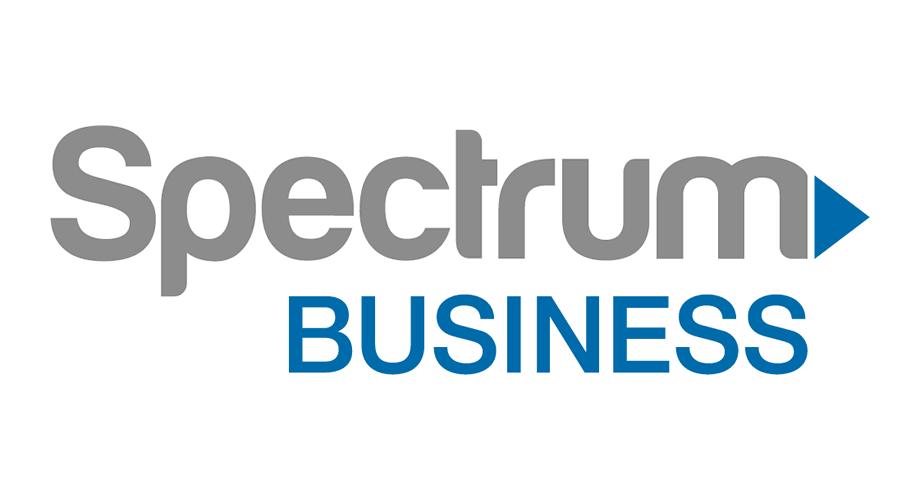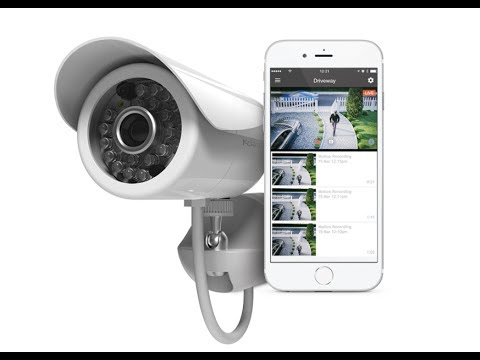Optimax provides quality HD video systems and modern IP phone systems。
Optimax systems have been installed in homes, banks, retail stores, hospitals, and restaurants. We minimize our operation costs and pass the savings to you. We guarantee the lowest price on all our services, please call for free estimate.
Please feel free to contact us. Monday - Friday: 7am - 5 pm Pacific Standard Time.
Optimax Enterprise Inc.
9436 La Rosa Dr. Temple City, CA 91780
Tel: 626-297-1344; 626-380-2328

節稅計劃
401K Rollover
- Details
- Written by Optimax
Roll 401K to IRAs
There are quite a few ways an IRA can work for you, so consider all of your options.
An individual retirement account (IRA) can be a tax-advantaged way to invest for retirement. It can serve as your primary means of investing for retirement, or you may be able to open one in addition to your employer's plan. When you have a retirement account with a former employer, sometimes it can make sense to roll your assets into an IRA to give you a bit more freedom.
Think you’re ready to roll?
People change jobs for a variety of reasons, and navigating these transitions can be challenging. When you leave work – for whatever reason – you have a decision to make about the money in your retirement plan. Generally, you have four main options to choose from.
Take a few moments to consider the advantages and disadvantages. Consider these four options:
Roll your money into an IRA
Advantages
- A retirement counselor can help you pick an appropriate investment strategy and answer retirement planning questions.
- Investment gains in your account remain tax-deferred.
- Avoid early withdrawal penalties and taxes associated with cashing out your account.
- Consolidation of your retirement assets may make asset allocation and rebalancing easier.
- Gain independence from your former employer.
Disadvantages
- You cannot borrow money against an IRA.
- Assets may not be fully protected from the claims of some creditors.
Review the fees and expenses you pay, including any charges associated with transferring your account, to see if rolling over into an IRA or consolidating your accounts could help reduce your costs. Employer-sponsored retirement plans may have features that you may find beneficial such as access to institutional funds, fiduciary-selected investments, and other ERISA protections not afforded other investors. In deciding whether to do a transfer from a retirement plan, be sure to consider whether the asset transfer changes any features or benefits that may be important to you.
Leave your money in your former employer’s plan
Advantages
- Investment gains in your account remain tax-deferred.
- Avoid early withdrawal penalties and taxes associated with cashing out your account.
- Fiduciary oversight is managed by the plan trustee.
- Penalty-free withdrawals may be made from the plan if you are 55 or older the year you separate from service.
- Assets are protected from the claims of creditors.
Disadvantages
- You typically cannot contribute additional outside assets to the plan.
- Your investment options may be limited to what's offered by the plan.
- Some retirement plans do not offer flexible distribution options, such as systematic withdrawals.
- Many 401(k) plans do not offer participants access to advice. If your 401(k) is with Transamerica, you'll still have access to a retirement counselor for general retirement questions.
Roll over your money to your new employer’s plan
Advantages
- Investment gains in your account remain tax-deferred.
- Avoid early withdrawal penalties and taxes associated with cashing out your account.
- Fiduciary oversight is managed by the plan trustee.
- Assets are protected from the claims of creditors.
Disadvantages
- The new employer's plan may not allow rollovers from previous employer-sponsored plans.
- The new employer's plan may have less flexibility than an IRA and may have fewer investment options.
Review the fees and expenses you pay, including any charges associated with transferring your account, to see if consolidating your accounts could help reduce your costs. Be sure to consider whether such a transfer changes any features or benefits that may be important to you.
Cash out your retirement plan
Advantages
- You will have cash readily available.
Disadvantages
- You will lose the opportunity for tax-advantaged growth and compounding.
- You could be subject to a 10% federal tax penalty (if you cash out before age 59½).
- The IRS requires withholding of 20% as prepayment of your federal income tax.
- You may also be subject to state withholding for prepayment of state income taxes.
- You could pay more in income taxes.
个人退休账户
- Details
- Written by Optimax
个人退休账户(IRA)是:在金融机构里设立的私人储蓄账户,将放在账户的积蓄拿去投资赚钱。但须在59 ½岁后才可以动用里边的钱。 如此行,你可获得多种的减税优惠。
投资人可将账户里的钱拿去买股票,债券,或共同基金。
个人退休账户主要有两种:传统 IRA 和 Roth IRA. 其间主要差异是税负优惠待遇上的不同。
传统 IRA
未课税(pretax),可降低本年的应税额
存放入传统IRA的金额是先不课税的。也就是,它可以帮你减低当年的应税额。所有退休账户里的利得(赚来的钱)是先不用交税。退休提领时,投入总额及其获利所得要被合并课税。
举例来说;
张先生于2018年赚得$50,000. 他将$5,000放入传统 IRA.
- 他那年的应课税的收入就变为$45,000.
- 那 IRA 里的 $5,000 拿去投资,赚的钱不必课税。
- 退休时$5,000 及其赚来的钱要被上税。(退休时可以逐渐地取用,取用的部分计入该年的应税收入)
当你预测到目前的所得税率是比退休后的税率较高的时候,你投资于传统IRA账户就比较有利。
Roth IRA
投资进Roth IRA 的钱不能被拿来抵减当年的应税额。先付税,用已课完税的钱投资, 后来的获利所得免课税。
举例来说;
王先生于2018年赚得$50,000. 他将$5,000放入 Roth IRA.
- 他那年的应课税的薪资仍为$50,000.
- 那 Roth IRA 里的 $5,000 拿去投资,赚的钱不必课税。
- 退休时$5,000 及其赚来的钱不会被课税。
当你预料到退休时的所得税适用率是比现在的还高, 那你就应投资Roth IRA.
其实, 你也可以同时把钱同时放入这两种退休账户 (分为 50/50),以免因预测税率错误而需于未来多交税。
IRA 的存入金额高低会因家庭的收入多寡等因素而产生限制。
IRAs 允许你每年存入$5,500. 如果你已超过50岁,你可放$6,500 一年。除此之外, 即使你加入了雇主提供401K 或 其他公司退休计划,也仍可以投资 IRAs。
只有在某些条件下,国税局才允许你于59 ½岁以前动用IRAs 里头的基金而不必交罚款。
需要更多资料, 可读“传统 IRA 与 Roth IRA 差异比较表” (英文)
529高等教育金储蓄
- Details
- Written by Optimax
529 教育储蓄计划是一种投资账户。为帮你储存给子女教育的钱,联邦及 许多州政府提供此型计划多种税负上的优惠。
减所得税
大多数的州让你将投入529计划的钱从州所得税计算中扣除。让你少缴州所得税。
投资利得可以递延
你在529计划里的投资所得可以递延缴纳。联邦及州政府均有给此优惠。
提领金额免税
只要将账户里的钱用在“限定”的教育相关费用*,投资获利所得就免税。 联邦及州所得均是。
K-12(幼稚园-12年级)的学生每年$10,000的学费可获得联邦税抵减。各州又有自己不同的优惠政策·
赠与税优惠
你可以每年$15,000, 连续5年的放钱至某一账户,而不必交赠与税。
529计划所允许的运用范围
高中(12年级)以上的教育机构的学费及相关杂项开支。 教育机构可以是:大学,社区学院,技术学校。杂项费用含:住宿租金及,上课用品,电脑设备,上网费用等等。
可指定任何人为受惠人
你可以设立此账户给孩子,孙子,其他家属,朋友,或自己。甚至你可为尚未出世的孩子做准备。
你可指定账户基金的用途
你是账户所有人,因此你可以指定钱的用途。即使你的孩子(受益人)已长大成人, 他仍不可以改变你指定的用途。。
你可存入大量的金额
你可以累积账户力里的钱,最高可到50万美元。各州有不同的标准。
对孩子讲学金申请影响甚微
相较于把资产转移于孩子名下的方式,529计划对你孩子申请讲学金的影响最小。这个孩子是你的受抚养人(dependent))。
你的529计划基金可以有规划的成长
你可以将529计划账户的钱用来投资于股票, 债券,共同基金,外国股市
你可以不必花太多心思来做529计划的投资管理。我们提供各种的投资组合可配合你孩子的年龄。
你可用529计划的基金于非教育用途
当你有紧急需要动用529计划的基金于非教育用途时, 只要从投资得到的利润中取出一小部分给国税局 即可。你不会损失投入的资本。
401K或Roth IRA?
- Details
- Written by Optimax
把钱存在401K?还是Roth IRA 比较好?
401K 账户的作用是: 从现年的原应缴税额中扣掉投入401K账户里的金额, 因此今年的应缴税额就会变少。 等到将来退休提领时在以当时的税率缴税。
Roth IRA 的运作是:你投入Roth IRA 账户的钱没用来抵减现年的缴税额, 换言之, 你用来投资的钱是完税后的 (after-tax)。 将来你退休提领时, 你在IRA 户头里累积来的财富就通通不用缴税。
那一种账户最好呢?那一种账户最适合你?判断的标准是: 你预计未来提领时的所得税率是否会比投入时的税率高。有人认为年轻时的所得会比退休提领时的收入低, 所得税率也较低, 因此先付完税来买 Roth IRA 才是好方法。 有人认为退休后收入减少,提领时的税率也会较低, 因此应该将退休金投资在401K 账户。
我们建议, 401K 跟 Roth IRA 应该各放50% 的退休金, 因为你不知道未来的适用税率是较高还是低。 如果你公司的401K 计划, 有得到公司match的话, 你就一定是要投到该401K计划。
如果想知道更多细节, 或想讨论更精细计算省税的可能性, 请联系我们。
401K 公司退休金计划
- Details
- Written by Optimax

401K是企业提供员工的养老金储蓄计划。401K 计划提供多种的投资策略组合供员工选择。员工每月从其工资中拿出一定的资金存入401k账户;而企业也可往这一账户存入资金,作为鼓励员工的福利。 养老金是存入资金和投资收益的积累成果。国税局给401K 账户减税优惠,但员工59 ½岁后才可以动用里边的钱。
税务优惠
401k计划参与人员投资的本金可用来降低所得税;投资收益的所得税可以暂时不必缴。两税可递延至退休提领时补缴。
举例说明: 老王月收入5000美元,如果每月在退休计划中投入500美元,他一年投入到401k中的资金是6000美元。
- 该年他的所得税应税基础从60,000 ($5000x12)变成 $54,000 ($60,000-$6,000); 也就是该年所得税得以减低
- 他这年投资进去的钱($6,000),在401K账户里成长。假设该年赚得$500, 此$500不必报缴为当年的资本利得税
省下来的税一直在账户里滚利,直到退休提领时已较低的税率补缴。。
但个人每年投入401k退休计划中的钱,国税局是有设上限的,2018年的上限是18500美元。如果一个人的年龄超过50岁,他的上限是$24,500美元。
因为投入退休计划中的资金享受延迟付税的优惠,对于收入较高的人而言,把钱投入到退休账户上是一种不错的避税方式。
401k计划使得员工享有延缴所得税的优惠,故其运作需符合一定条件。
401k计划养老金领取条件是:年满59.5岁才得以提领。一旦提前取用,将被征收惩罚性税款。另,雇员在年满70.5岁时,必须开始从个人账户中取部分金额,否则也会被国税局罚款,这一规定目的在于刺激退休者消费,避免社会落入消费不足的陷阱。
国税局规定雇主在雇员401k退休计划投入资金的上限是雇员年收入的6%。
401k计划运营的参与者,除了参与的员工外包括:
- 发起人:雇主;
- 受托人: 专业金融机构;负责账户管理,投资管理
- 其他咨询公司。提供投资教育与投资规划的服务。
401k计划资金可以投资于股票、基金、年金保险、债券、专项定期存款等金融产品,雇员自主选择养老金的投资方式。其投资风险由雇员承担。由于企业不负责401K投资成败, 401K 账户拥有人应找投资顾问咨询。
请读相关重要文章: 新時代的理財顧問
401K 转 IRAs 可能带来 额外的弹性,请读401K Rollover
企业主想设立401K? Transamerica Retirement Solutions





